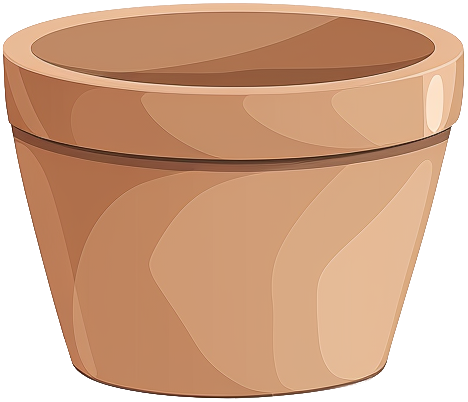- hydrangea
- petiolaris

hydrangea
petiolaris
petiolaris
Care level
Medium
Popularity
Moderate
Unlike its bushy relatives, this unique climber uses special aerial roots to scale walls and trees, reaching impressive heights of up to 50 feet. Its white lacecap flowers create a stunning waterfall effect as they cascade down walls, while its reddish-brown peeling bark adds winter interest when the leaves drop.
Care & maintenance
Light
All areas of your interior that are roughly equidistant between shade and sun. These areas benefit from slight brightness throughout the day.
Temperature
Wide range (-20°C - 30°C)
Fertilization frequency
Moderate
Monthly during the growing period.
Soil
Choose a Acid-loving plant mix: An acidic, moisture-retentive mix with good drainage.
If you want to create your own substrate, you can make a mixture of the following soils:
Click on the soil name for more information.
Pot

Wide/Shallow
Prefer a pot that is wider than it is deep.
Incorrect or incomplete information?
In our goal of building the best plant database, we sometimes make mistakes or have incomplete information. You can help us fill these gaps!
Features
Size & growth
Large
Climbing
Moderate growth
This plant grows at a moderate rate. It can reach 90 to 180 cm in height or spread.
It grows upwards by attaching to supports or winding around them.
Toxicity
| Cat | |||
|---|---|---|---|
| Dog | |||
| Human |
Reproduction & propagation
Fruits & flowers
Flowering & not self-pollinating
The hydrangea petiolaris can produce flowers and therefore fruits.
This plant is not capable of self-pollination, it will not be able to produce fruits if it is not pollinated by another individual.



